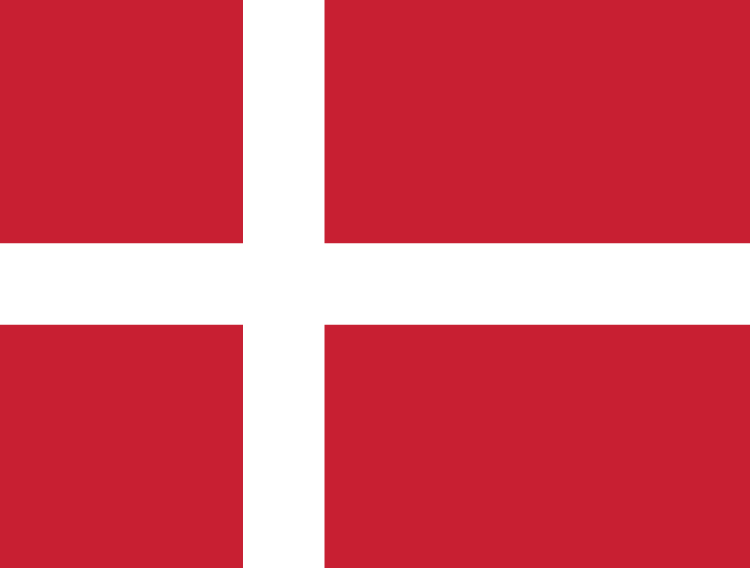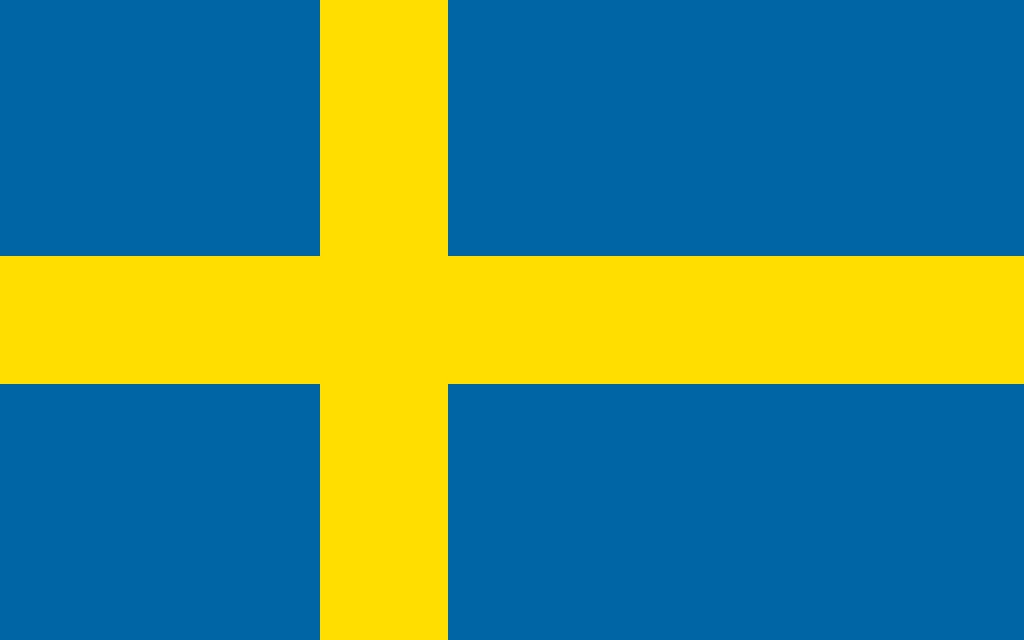Language Monday: Scandinavia
Monday, August 27th, 2018August 27, 2018
It was said that Harald Blåtand, a Danish ruler who lived in the A.D. 900’s, possessed great skill in bringing people together through words and communication. He united the Danes, helped to spread Christianity among them, and became the first king of a united Denmark. He also brought part of Norway under his rule.

Click to view larger image
Scandinavia includes the countries of Denmark, Norway, and Sweden. Credit: WORLD BOOK map
About 1,000 years later, in the 1990’s, a man who had recently read about Harald in a book on Scandinavian history was part of a group trying to develop a uniform standard for the short-range wireless communication technology that enables computers and other devices to work together. The group needed a name for their project. Since Harald had united people and they were trying to unite technologies, the man suggested temporarily naming it after Harald. The name stuck. The English translation of the old Scandinavian word blåtand, and the name of the modern wireless technology standard, is Bluetooth. The Bluetooth logo combines medieval Scandinavian runes (alphabet letters) for H and B.

The flag of Denmark flies over millions of speakers of Danish, a Scandinavian language. Credit: © Loveshop/Shutterstock
Danish is one of several closely related languages known as Scandinavian languages. Scandinavia is a large geographic region in northern Europe. It includes the countries of Denmark, Norway, and Sweden. These three countries have interwoven histories and cultures. Each of their languages—Danish, Swedish, and two forms of Norwegian—has its own vocabulary and forms of pronunciation. However, the languages are similar enough so that Danes, Norwegians, and Swedes can often communicate without translating into each other’s languages.

The flag of Norway flies over speakers of Norwegian, a Scandinavian language related to Danish and Swedish. Credit: © Loveshop/Shutterstock
The Scandinavian languages make up the north Germanic branch of the large Indo-European language family. Their closest language cousins are the west Germanic languages of that family. The west Germanic languages include Dutch, English, and German. A large Swedish-speaking minority lives in Finland, which lies just east of Sweden, and Sweden has a large Finnish-speaking minority. The Finnish and Swedish cultures have much in common. However, the distinctive Finnish language belongs to the entirely different Uralic family, and it is not considered part of the Scandinavian language group. The Uralic family also includes the languages of the Sami—also known as Lapps—who live in far northern Norway, Sweden, Finland, and northeastern Russia.

The flag of Sweden resembles those of its fellow Scandinavian countries Denmark and Norway. The Swedish language is closely related to Danish and Norwegian. Credit: © T. Lesia, Shutterstock
Around 1,000 years ago, Scandinavian languages spread to a number of regions beyond Denmark, Norway, and Sweden. At that time, Scandinavians were the best shipbuilders in Europe. From the late 700’s through the late 1000’s, skilled Scandinavian sailors traveled up and down the rivers of Europe and across the rough waters of the North Atlantic Ocean. Other Europeans called the sailors Norsemen, and later Vikings. Some Vikings were raiders. Some were explorers, traders, or settlers. Norsemen who settled in the British Isles introduced a number of words, including sky and they, into the English language.
During the 800’s, Scandinavians sailing east across the North Atlantic reached and settled the Faroe Islands and Iceland. Modern Faroese and Icelandic are both Scandinavian languages. Of all the modern Scandinavian languages, Icelandic is the closest to the speech of the Viking era. Present-day Icelanders usually can read medieval Icelandic literature and historical records without too much difficulty. Iceland experienced a golden age of literature in the 1100’s and 1200’s. Poets wrote down legends about the ancient northern European gods, such as Odin and Thor. They also wrote heroic sagas about people from Icelandic and Scandinavian history. Snorri Sturluson, a poet and historian who lived from 1179 to 1240, is the most famous medieval Icelandic writer. His Heimskringla (Circle of the World) describes the history of the kings of Norway from their origins until his own day. One of the royal rulers that he wrote about was the Danish king Harald Bluetooth.



